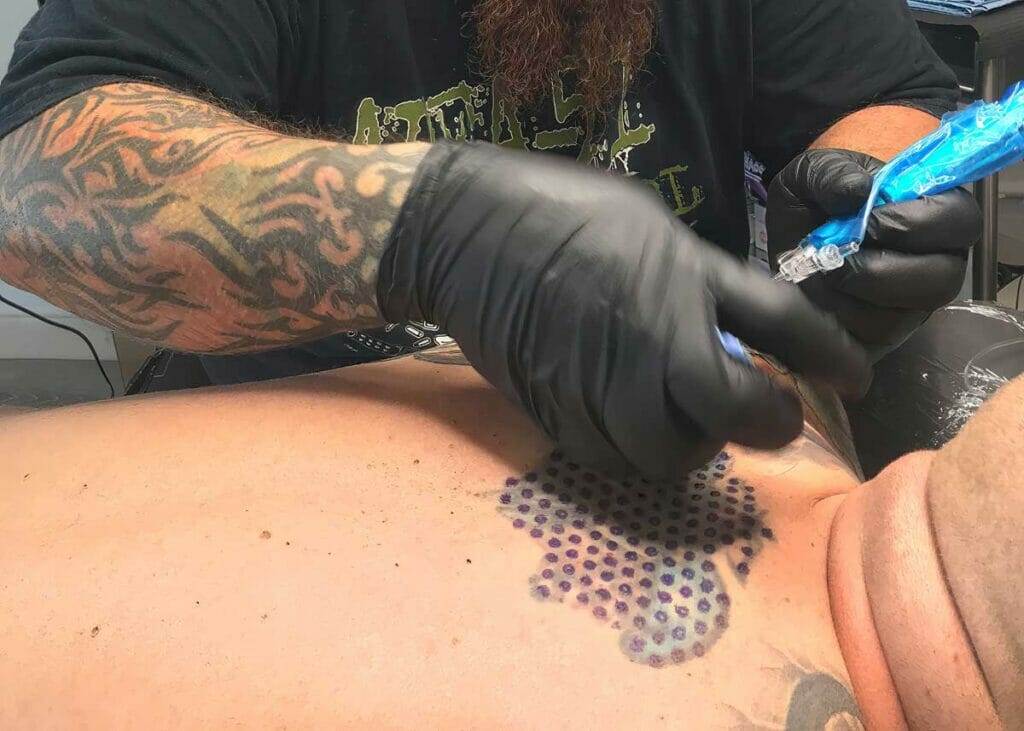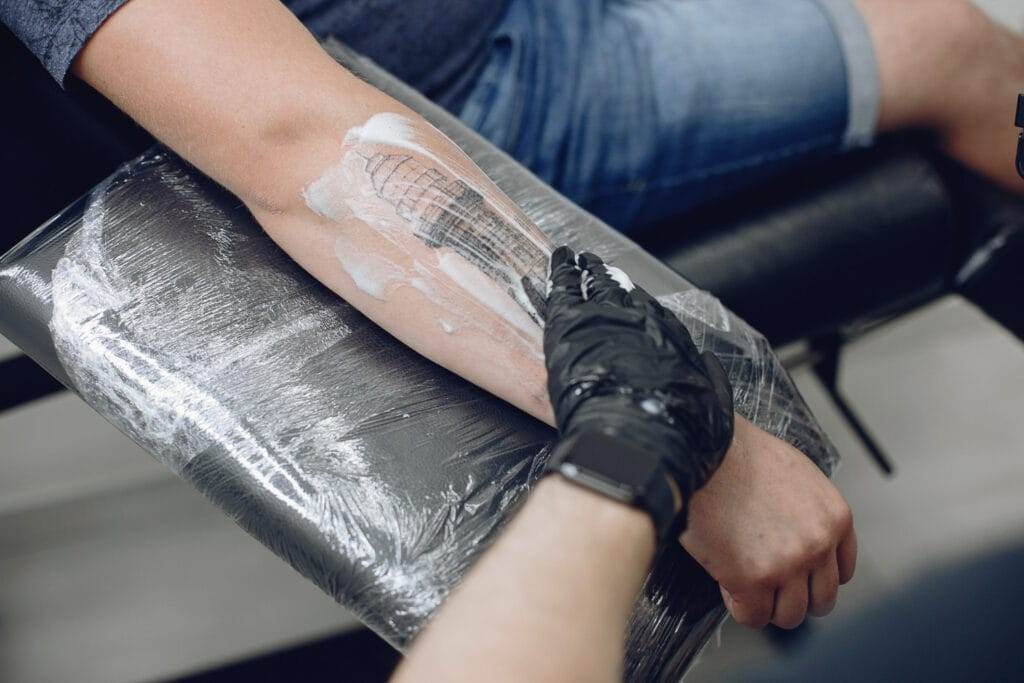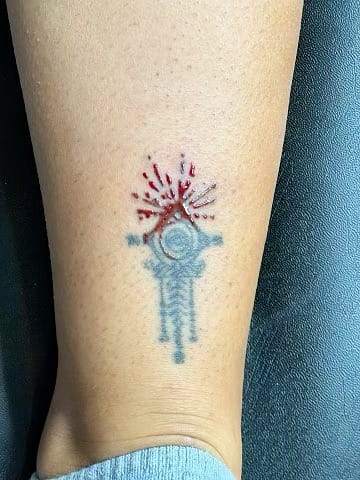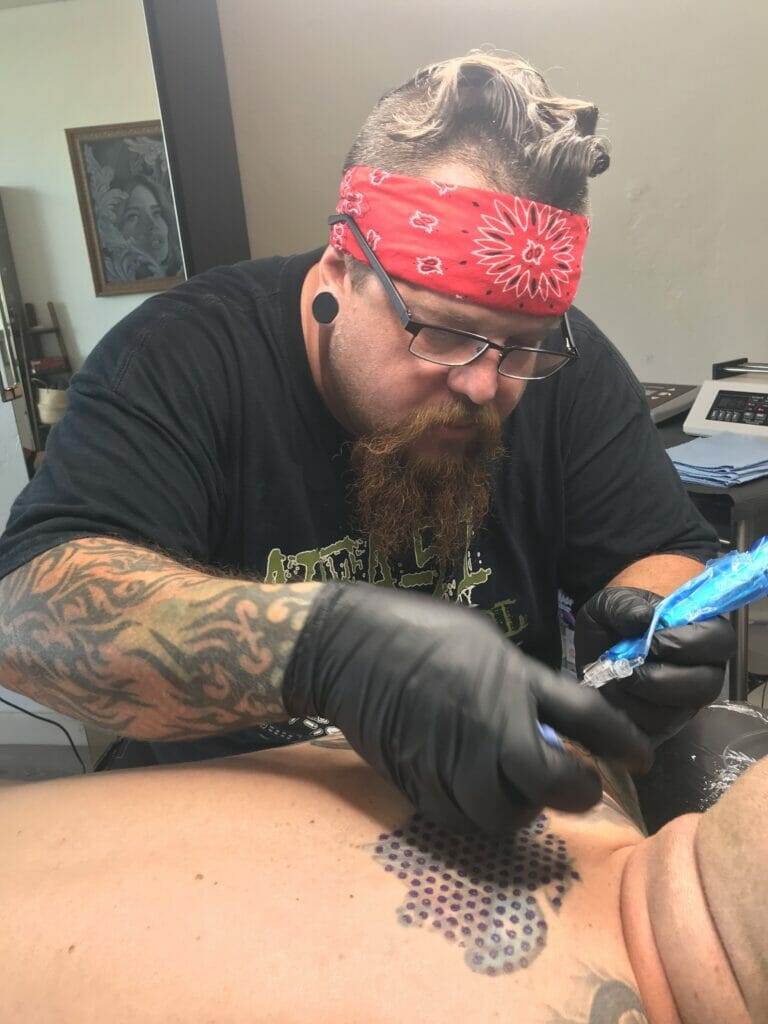Traditional laser tattoo removal has long been the go-to method for those looking to remove unwanted tattoos. However, it is not without its limitations. Non-laser tattoo removal has emerged as an alternative option that offers a range of benefits and fewer limitations. In this article, we will explore the world of non-laser tattoo removal and why it may be the right choice for you.
Understanding the Limitations of Laser Tattoo Removal
Laser tattoo removal works by using high-intensity laser beams to break down the ink particles in the skin. While this method can be effective, it does have its limitations. One major limitation is that laser tattoo removal may not be suitable for all skin types. Darker skin tones are more prone to pigmentation changes and scarring, making laser removal a riskier option.
Another limitation of laser tattoo removal is its effectiveness on different ink colors. Certain colors, such as green and blue, are more difficult to remove with lasers compared to black or red ink. This can result in more sessions being required to achieve satisfactory results.
Additionally, laser tattoo removal can potentially cause scarring or skin texture changes. This is especially true if the laser is not used correctly or if the individual has a predisposition to scarring. These limitations have led many individuals to seek out non-laser tattoo removal methods.
The Benefits of Non-Laser Tattoo Removal
Non-laser tattoo removal offers several benefits over traditional laser methods. One major advantage is that non-laser methods have fewer limitations when it comes to skin type and ink color. This means that individuals with darker skin tones or tattoos with difficult-to-remove colors can still achieve successful results with non-laser methods.
Another benefit of non-laser tattoo removal is that it tends to be less painful than laser treatments. Laser removal can often be uncomfortable and may require the use of numbing creams or local anesthesia. Non-laser methods, on the other hand, are generally less painful and may only require the use of topical numbing agents.
Additionally, non-laser tattoo removal often requires fewer sessions compared to laser removal. This can save individuals both time and money in the long run. With non-laser methods, the ink is gradually removed over a series of sessions, allowing the skin to heal in between treatments.
How Non-Laser Tattoo Removal Works
Non-laser tattoo removal works by using various methods to break down the ink particles in the skin. These methods typically involve creating an open wound on the skin and allowing the body’s natural healing process to remove the ink.
One common non-laser method is saline solution tattoo removal. This involves injecting a saline solution into the skin, which helps to break down the ink particles. The solution is then absorbed by the body, taking the ink with it.
Another method is TCA (trichloroacetic acid) tattoo removal. TCA is a chemical peel that is applied to the tattooed area, causing the skin to blister and peel off. This process helps to remove the ink from the skin.
Dermabrasion is another non-laser method that involves using a high-speed rotary tool to remove layers of skin. This process helps to gradually fade the tattoo over time.
Common Non-Laser Tattoo Removal Methods

There are several non-laser tattoo removal methods available today. One popular method is saline solution tattoo removal. This method involves injecting a saline solution into the skin, which helps to break down the ink particles. The solution is then absorbed by the body, taking the ink with it. Saline solution tattoo removal is generally considered safe and effective for all skin types and ink colors.
TCA (trichloroacetic acid) tattoo removal is another common non-laser method. TCA is a chemical peel that is applied to the tattooed area, causing the skin to blister and peel off. This process helps to remove the ink from the skin. TCA tattoo removal is generally safe and effective, but it may not be suitable for individuals with sensitive skin or certain medical conditions.
Dermabrasion is another popular non-laser method for tattoo removal. This method involves using a high-speed rotary tool to remove layers of skin. The process helps to gradually fade the tattoo over time. Dermabrasion is generally safe and effective, but it may not be suitable for individuals with certain skin conditions or those prone to scarring.
What to Expect During a Non-Laser Tattoo Removal Session
During a non-laser tattoo removal session, you can expect the professional to first clean and sterilize the tattooed area. They will then apply the chosen method, whether it be saline solution, TCA, or dermabrasion.
The process may cause some discomfort, but topical numbing agents can be used to minimize any pain or discomfort. The professional will monitor your progress throughout the session and adjust the treatment as needed.
After the session, you may experience redness, swelling, and mild discomfort in the treated area. These side effects are normal and should subside within a few days. It is important to follow the aftercare instructions provided by the professional to promote healing and prevent infection.
Aftercare Tips for Non-Laser Tattoo Removal
After a non-laser tattoo removal session, it is important to take proper care of the treated area to promote healing and prevent infection. Here are some aftercare tips to keep in mind:
– Keep the treated area clean and dry. Avoid exposing it to excessive moisture or soaking it in water.
– Apply any prescribed ointments or creams as directed by the professional.
– Avoid picking at scabs or peeling skin. Let the skin heal naturally.
– Protect the treated area from sun exposure by applying sunscreen or covering it with clothing.
– Avoid strenuous activities or excessive sweating that could irritate the treated area.
It is also important to note that the healing process can vary from person to person. Some individuals may experience faster healing, while others may take longer. It is important to be patient and follow the aftercare instructions provided by the professional.
Cost Comparison: Non-Laser vs. Laser Tattoo Removal
When considering tattoo removal, cost is often a significant factor. Non-laser tattoo removal methods can vary in cost depending on factors such as the size of the tattoo, the number of sessions required, and the location of the professional.
In general, non-laser tattoo removal tends to be more affordable than traditional laser methods. Laser tattoo removal can cost anywhere from $200 to $500 per session, with multiple sessions often required for satisfactory results. Non-laser methods, on the other hand, can range from $75 to $300 per session, with fewer sessions typically needed.
It is important to keep in mind that these are just general estimates and prices can vary depending on individual factors. It is recommended to consult with a reputable non-laser tattoo removal professional to get an accurate cost estimate based on your specific needs.
Frequently Asked Questions About Non-Laser Tattoo Removal
1. Is non-laser tattoo removal painful?
Non-laser tattoo removal methods are generally less painful than laser treatments. However, some discomfort may still be experienced during the process. Topical numbing agents can be used to minimize any pain or discomfort.
2. How effective is non-laser tattoo removal?
Non-laser tattoo removal methods can be highly effective, especially when performed by a reputable professional. However, it is important to keep in mind that results can vary depending on factors such as the size and color of the tattoo, as well as individual skin characteristics.
3. Is non-laser tattoo removal safe?
When performed by a reputable professional, non-laser tattoo removal is generally considered safe. However, there is always a risk of infection or other complications, especially if proper aftercare instructions are not followed.

Embrace a Regret-Free Future with Non-Laser Tattoo Removal
Non-laser tattoo removal offers a range of benefits and fewer limitations compared to traditional laser methods. With non-laser methods, individuals with all skin types and ink colors can achieve successful results. Non-laser methods are also generally less painful and require fewer sessions, making them a more convenient and cost-effective option.
When considering non-laser tattoo removal, it is important to choose a reputable professional with experience and proper training. Following proper aftercare instructions is also crucial for optimal healing and results.
If you have an unwanted tattoo that you want to remove, consider non-laser tattoo removal as an option. Embrace a regret-free future and say goodbye to that unwanted ink.









I want Tattoo removal onlefe arm
I want Tattoo removal on lefe arm